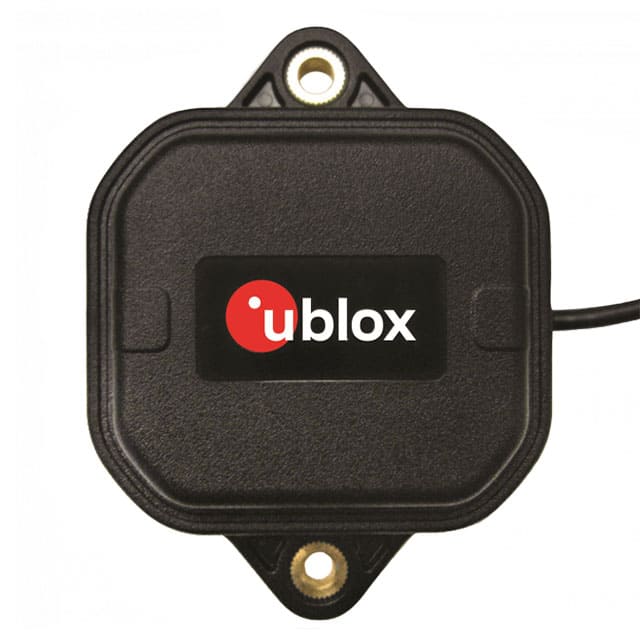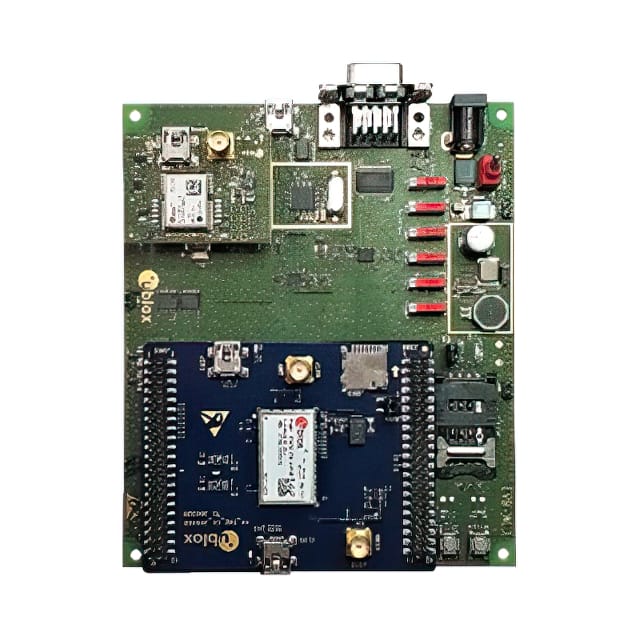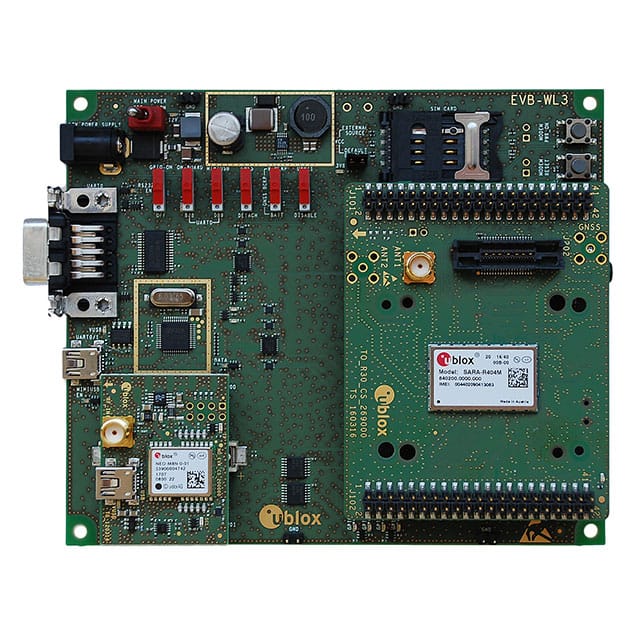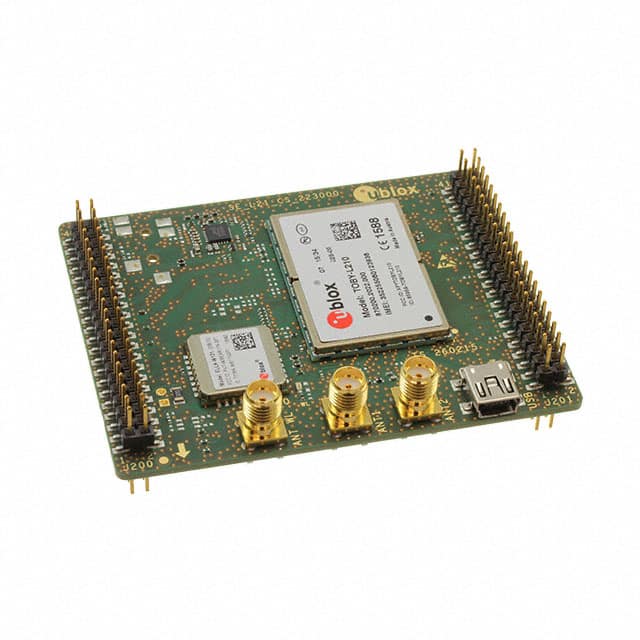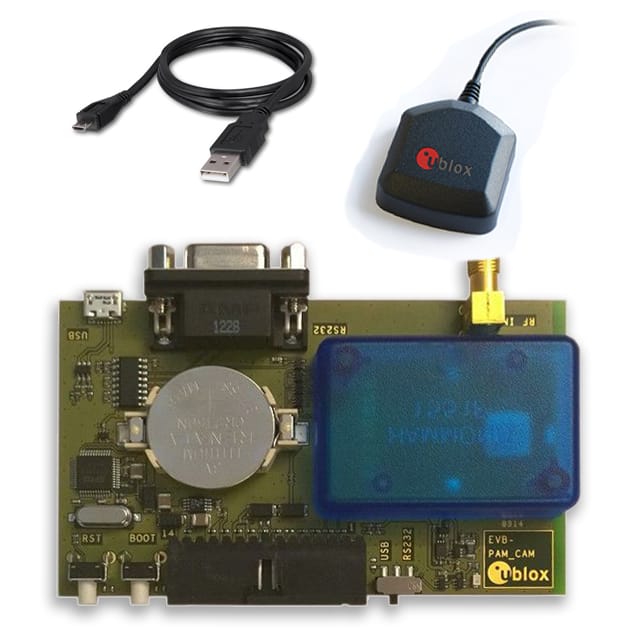U-Blox ZED-F9T-10B
在庫: 3498
MOQ: 1
6 つの価格帯
- メーカー品番 :ZED-F9T-10B
- メーカーです :U-Blox
- Dasenic # :ZED-F9T-10B-DS
- ドキュメント : ZED-F9T-10B ドキュメント PDF
- 説明する : MOD RF MULTI-BAND GNSS TIMING
- パッケージ :-
- 単価: $174.5227合計: $174.52
| 数量 | 単価 | 節約 |
|---|---|---|
| 1-10 | $174.5227 | - |
| 11-250 | $145.4356 | 16.7% 節約 |
| 251-500 | $141.9649 | 18.7% 節約 |
| 501-1000 | $138.5637 | 20.6% 節約 |
| 1001-1500 | $135.1285 | 22.6% 節約 |
| 1501-2000 | $131.6927 | 24.5% 節約 |
コストと時間を節約するのに役立ちます。
厳格な品質検査と商品の信頼できるパッケージ。
時間を節約する高速で信頼性の高い配送。
365日間の保証アフターサービスを提供します。
U-Blox ZED-F9T-10B 技術仕様、属性、パラメータ。
カテゴリ:RF and Wireless/RF Receivers
製品ステータス:Active
動作温度:-40°C ~ 85°C
特徴:-
取り付けタイプ:Surface Mount
パッケージ/ケース:54-SMD Module
頻度:1.207GHz, 1.246GHz, 1.561GHz, 1.575GHz, 1.602GHz
感度:-167dBm
サプライヤーデバイスパッケージ:54-LGA (22x17)
データレート(最大):-
メモリサイズ:-
電圧 - 供給:2.7V ~ 3.6V
データインターフェース:I²C, SPI, UART, USB
変調またはプロトコル:Beidou, Galileo, GLONASS, GNSS, GPS
現在 - 受信中:130mA
アンテナコネクタ:-
アプリケーション:General Purpose
EU RoHS ステータス:RoHS Compliant
REACH規則:REACH is not affected
輸出規制分類番号:EAR99
中国の RoHS ステータス:Green Symbol: Green and environmentally friendly product
ZED-F9T-10B は U-Blox によって提供されています
blox (SIX:UBXN) は、自動車、産業、消費者市場における測位および無線通信のグローバル技術リーダーです。同社のスマートで信頼性の高いソリューション、サービス、製品により、人、車両、機械は正確な位置を特定し、セルラーおよび短距離ネットワークを介して無線通信することができます。u blox は、チップ、モジュール、安全なデータ サービスと接続の幅広いポートフォリオを備え、顧客がモノのインターネット向けの革新的で信頼性の高いソリューションを迅速かつコスト効率よく開発できるように支援する独自の立場にあります。同社はスイスのタルウィルに本社を置き、ヨーロッパ、アジア、米国にオフィスを構え、世界的に事業を展開しています。
U-Blox 関連商品のおすすめ
評価とレビュー
Great Product
John D.
Excellent product quality and fast shipping service. Will definitely purchase again!
Good Experience
Sarah M.
Smooth transaction process and responsive customer support. Highly recommended!
Satisfied
Mike R.
Accurate product description and arrived earlier than expected.
製品を評価してください!
アカウントにログイン後、コメントを送信してください。






